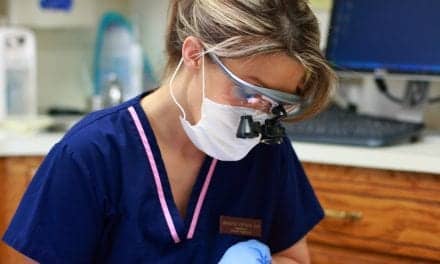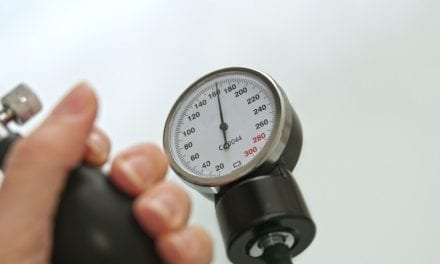A new position statement published by the American Academy of Sleep Medicine (AASM) describes the appropriate clinical use of a home sleep apnea test (HSAT).
An HSAT (also sometimes referred to as “HST” for “home sleep test,” though it only tests for apnea) is a medical assessment that can be ordered by a physician for the diagnosis of obstructive sleep apnea (OSA) in select adults. In the position statement the term “physician” refers to a medical provider who is licensed to practice medicine.
“A home sleep apnea test provides valuable information for the diagnostic assessment of certain patients with suspected obstructive sleep apnea,” says AASM president Ilene Rosen, MD, in a release. “However, the test is only one component of a comprehensive sleep evaluation, and it is important for a board-certified sleep medicine physician to be involved in reviewing and interpreting the raw data from the device.”
The statement, which is published in the Oct 15 issue of the Journal of Clinical Sleep Medicine, comprises the following positions:
- Only a physician can diagnose medical conditions such as OSA and primary snoring.
- The need for, and appropriateness of, an HSAT must be based on the patient’s medical history and a face-to-face examination by a physician, either in person or via telemedicine.
- An HSAT is a medical assessment that must be ordered by a physician to diagnose OSA or evaluate treatment efficacy.
- An HSAT should not be used for general screening of asymptomatic populations.
- Diagnosis, assessment of treatment efficacy, and treatment decisions must not be based solely on automatically scored HSAT data, which could lead to sub-optimal care that jeopardizes patient health and safety.
- The raw data from the HSAT device must be reviewed and interpreted by a physician who is either board-certified in sleep medicine or overseen by a board-certified sleep medicine physician.
According to a clinical practice guideline published earlier in the year by the AASM, polysomnography is the standard diagnostic test for the diagnosis of OSA in adult patients in whom there is a concern for OSA based on a comprehensive sleep evaluation.
However, a HSAT with a technically adequate device can be used for the diagnosis of OSA in uncomplicated adult patients presenting with signs and symptoms that indicate an increased risk of moderate to severe OSA.
Also published in the Oct 15 issue of the Journal of Clinical Sleep Medicine is an AASM position paper stating that the use of an HSAT is not recommended for the diagnosis of OSA in children. An objective evaluation of the available literature found that an HSAT may be technically feasible in carefully controlled conditions when electrodes are placed on a child by a trained clinician. However, there is insufficient evidence to support the efficacy of an HSAT when used at home to assess a child’s breathing during sleep.
Photo credit: American Academy of Sleep Medicine





Incredibly self serving position for the AASM. So many untreated OSA patients will continue to suffer due to this archaic bottle neck approach.
The evidence is the evidence no matter who it serves.